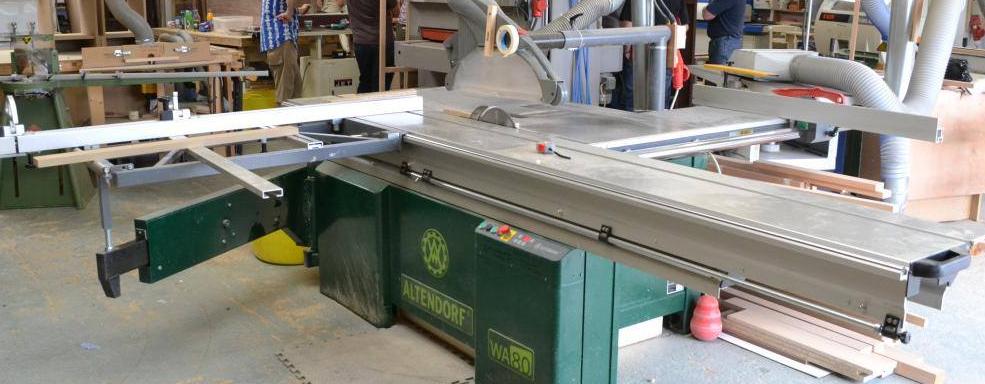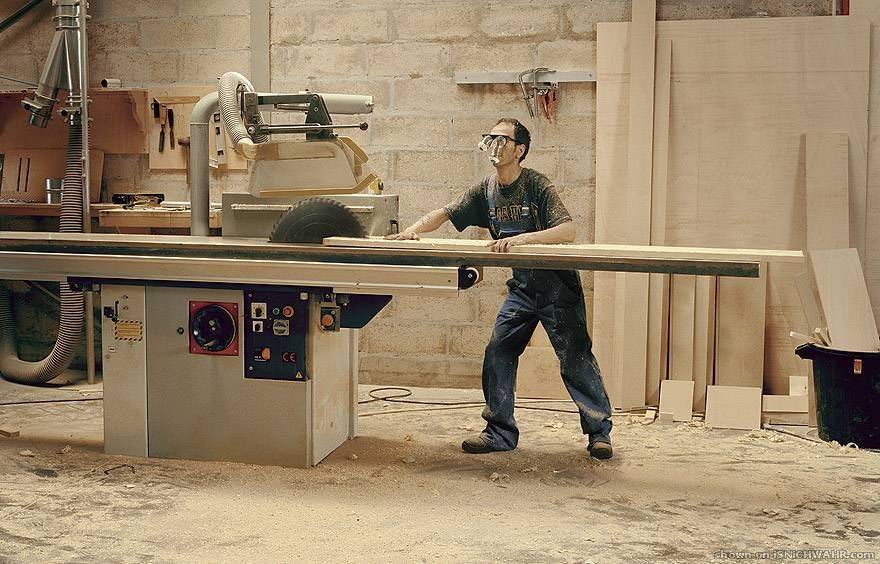bp122
Expert at Jibber-Jabber
Thank you all for the responses, suggestions and the caution!
I have started a new job, two weeks ago, which has extremely minimal internet access for outside stuff and quite fast paced than my previous place. hence I am a little slow on the responses.
It is a shame, as my previous place had a laser cutting machine where I could have designed and get a riving knife cut out of pretty much any thickness wanted. Maybe I'll call in a favour
Since the riving knife on mine has a slot (as almost all of them do) for the adjustment bolts, I thought if I should extend the slot upwards, I'd be able to position it further down to get underneath the cutting height line of the saw blade. But no matter how much I played around with it, the curve on the RK wasn't concentric or had enough clearance with the blade curve. Hence I have to get a new knife or make (get one cut- as I don't have any metal cutting tools other than a hacksaw and a drill, not even a bench vise)
On another note, for people who have seen using cross cut sleds etc take the RK out and use a perspex guard across the sled (along the full length of the blade slit) - Is this still safe? - reason I ask is because I am building a sled myself, was wondering if it had the merit.
Thanks guys!
I have started a new job, two weeks ago, which has extremely minimal internet access for outside stuff and quite fast paced than my previous place. hence I am a little slow on the responses.
It is a shame, as my previous place had a laser cutting machine where I could have designed and get a riving knife cut out of pretty much any thickness wanted. Maybe I'll call in a favour
Since the riving knife on mine has a slot (as almost all of them do) for the adjustment bolts, I thought if I should extend the slot upwards, I'd be able to position it further down to get underneath the cutting height line of the saw blade. But no matter how much I played around with it, the curve on the RK wasn't concentric or had enough clearance with the blade curve. Hence I have to get a new knife or make (get one cut- as I don't have any metal cutting tools other than a hacksaw and a drill, not even a bench vise)
On another note, for people who have seen using cross cut sleds etc take the RK out and use a perspex guard across the sled (along the full length of the blade slit) - Is this still safe? - reason I ask is because I am building a sled myself, was wondering if it had the merit.
Thanks guys!


































